Home>Ideas and Tips>How to Choose and Install the Right Bathroom Vanity with a Bamboo Top
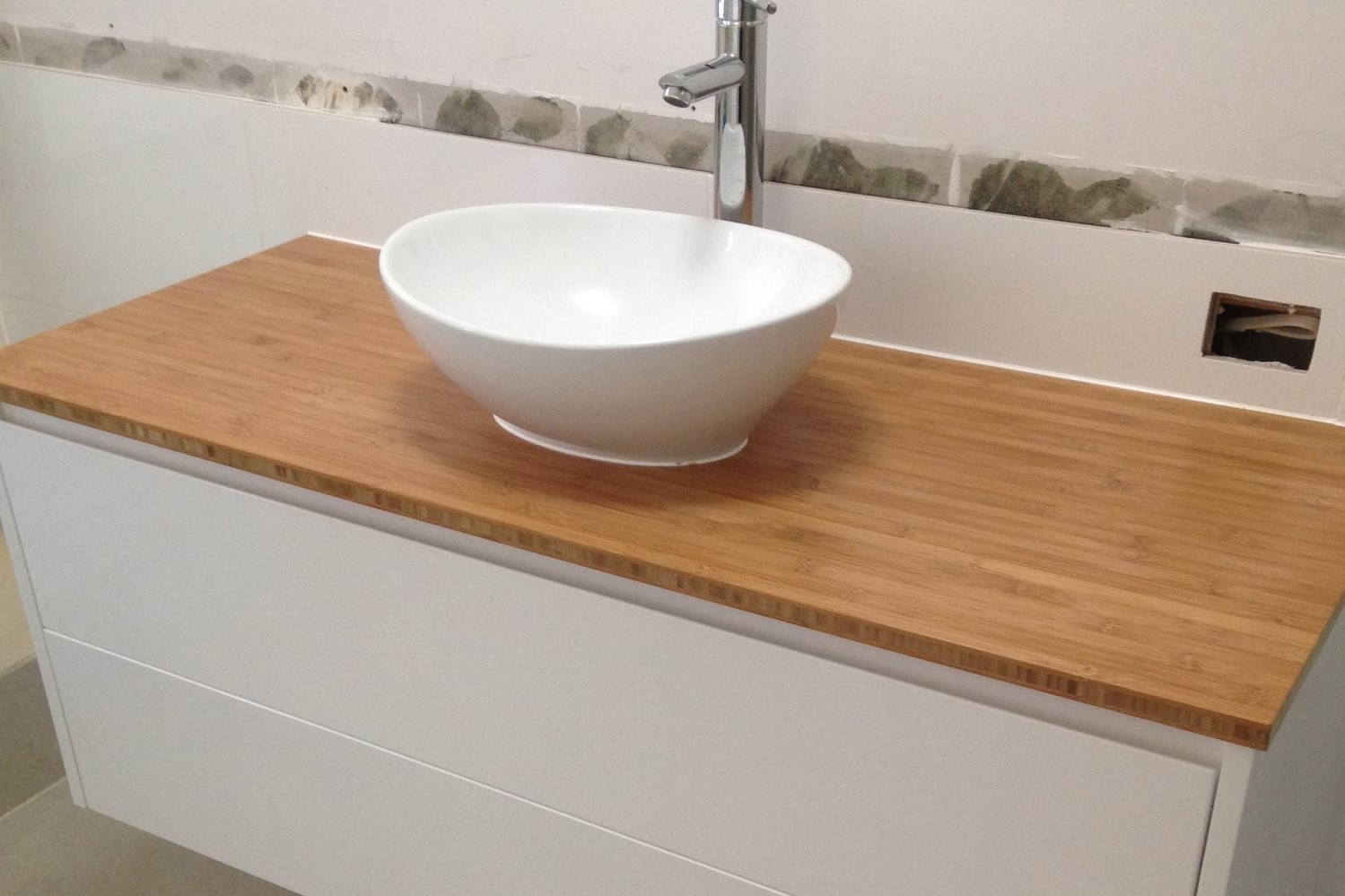

Ideas and Tips
How to Choose and Install the Right Bathroom Vanity with a Bamboo Top
Published: September 20, 2024
Discover how to choose and install the perfect bathroom vanity with a bamboo top. Enhance your bathroom's style and functionality with eco-friendly bamboo.
(Many of the links in this article redirect to a specific reviewed product. Your purchase of these products through affiliate links helps to generate commission for Storables.com, at no extra cost. Learn more)
Choosing the right bathroom vanity is a crucial step in any bathroom renovation project. It not only affects the functionality of your bathroom but also its aesthetic appeal. With the increasing popularity of eco-friendly materials, bamboo has become a popular choice for bathroom vanities. In this article, we will guide you through the process of selecting and installing a bathroom vanity with a bamboo top, ensuring that your new vanity enhances both the style and functionality of your bathroom.
Understanding the Importance of a Bathroom Vanity
A bathroom vanity is more than just a piece of furniture; it serves as the central component of your bathroom design. It provides essential storage for toiletries, towels, and other bathroom necessities while also offering a surface for your sink and countertop. Beyond its functional role, a well-chosen vanity enhances the aesthetic appeal of your bathroom, setting the tone for the overall design.
Key Factors to Consider When Choosing a Bathroom Vanity
When selecting a bathroom vanity, several key factors must be considered to ensure that you find the perfect fit for your home.
Size and Space
One of the first considerations when selecting a bathroom vanity is the size and layout of your bathroom. Measure the available space carefully, taking into account the placement of doors, windows, and other fixtures. A vanity that is too large can overwhelm a small bathroom, while a vanity that is too small may not provide adequate storage or surface area.
To determine the right size for your bathroom vanity, follow these steps:
-
Measure the Available Space:
- Start by measuring the width and depth of the area where you plan to install the vanity. Consider any obstructions such as door swings or other fixtures.
- If you are doing a complete remodel, make sure you check your city’s building codes to ensure that you are choosing a size that complies with permit guidelines.
-
Determine the Size:
- Based on your bathroom measurements, decide on the dimensions of the vanity that will fit comfortably within the space. Ensure you leave enough clearance around the vanity to create a spacious and unobstructed environment.
- The standard height for vanity cabinets is typically around 32 inches, but remember that your countertop will add 1 inch of height. Standard depth is 21 inches, with a countertop adding 1 inch to that as well.
- The main measurement you’ll need to decide on is the width. Typical widths for bathroom vanity cabinets are 18 inches, 24 inches, 30 inches, 36 inches, 48 inches, 60 inches, or 72 inches. These measurements are for the cabinet only; make sure to account for another 1 inch total for the vanity top in your width measurement.
-
Consider Storage Needs:
- Assess your storage requirements and choose a vanity size that provides sufficient storage space for your toiletries, towels, and other bathroom essentials.
- Opt for additional drawers and cabinets if you need more storage.
-
Choose Single or Double Sink:
- Determine whether you prefer a single or double sink vanity based on your usage needs and available space.
- Double sinks are ideal for larger bathrooms and households with multiple users, while a single sink is suitable for smaller bathrooms.
Style and Design
The style and design of your bathroom vanity should complement the overall decor of your bathroom. There are several styles to choose from:
-
Traditional:
- Characterized by ornate details, carved wood, and classic finishes.
- Ideal for bathrooms with a classic or vintage theme.
-
Modern:
- Sleek lines, minimalist design, and contemporary materials like glass and metal.
- Perfect for modern or contemporary bathrooms.
-
Transitional:
- A blend of traditional and modern elements, offering a balanced look.
- Suitable for bathrooms that want to combine classic elegance with modern functionality.
-
Rustic:
- Natural materials, distressed finishes, and a cozy, farmhouse feel.
- Ideal for bathrooms with a rustic or country theme.
Consider the existing decor in your bathroom and choose a vanity style that harmonizes with it.
Material and Finish
The material and finish of your bathroom vanity play a significant role in its durability and appearance. Common materials include:
-
Wood:
- Offers a classic, timeless look.
- Available in various finishes such as oak, walnut, and cherry.
-
MDF (Medium-Density Fiberboard):
- A budget-friendly option that can mimic the appearance of real wood.
- Often used for its affordability and versatility.
-
Metal:
- Provides a modern, industrial look.
- Often used for accents or frames.
-
Glass:
- Ideal for a sleek, contemporary design.
- Can be used for countertops or cabinet doors.
Ensure the material you choose is water-resistant and easy to maintain, especially in a humid bathroom environment.
Storage and Functionality
A key function of a bathroom vanity is to provide storage. Evaluate your storage needs and choose a vanity that offers adequate space for your toiletries and other essentials. Options include:
-
Drawers:
- Ideal for organizing smaller items like makeup and grooming tools.
- Look for features like soft-close drawers for added convenience.
-
Cabinets:
- Provide larger storage space for towels, cleaning supplies, and more.
- Consider features like adjustable shelves and built-in organizers to enhance functionality.
-
Open Shelving:
- Offers easy access to frequently used items and can be styled with decorative baskets or towels.
Sink and Countertop Options
The sink and countertop are integral parts of the bathroom vanity. There are several sink styles to consider:
-
Undermount Sink:
- Installed below the countertop, creating a seamless look and easy cleaning.
- Ideal for modern designs where a clean, minimalist look is desired.
-
Vessel Sink:
- Sits on top of the countertop, adding a dramatic, stylish touch.
- Often paired with decorative faucets to enhance the aesthetic appeal.
-
Integrated Sink:
- Built into the countertop, offering a sleek and streamlined appearance.
- Suitable for bathrooms where a seamless look is preferred.
Countertop materials vary widely, including:
-
Marble:
- Luxurious and elegant but requires regular maintenance.
- Ideal for bathrooms with a luxurious or high-end theme.
-
Granite:
- Durable and resistant to stains but can be costly.
- Popular choice for its durability and aesthetic appeal.
-
Quartz:
- Non-porous and low-maintenance with a wide range of color options.
- Suitable for bathrooms where ease of maintenance is crucial.
-
Laminate:
- Budget-friendly and available in many styles though less durable than stone.
- Ideal for budget-conscious homeowners who still want a stylish look.
Installation and Plumbing
Before finalizing your bathroom vanity, consider the installation and plumbing requirements. Ensure that the vanity you choose can accommodate your existing plumbing or be modified to do so. If you’re planning a major renovation, consult with a professional plumber to ensure that your vanity is installed correctly and functions properly.
Steps for Proper Installation:
-
Measure and Prepare:
- Measure the space where you plan to install the vanity carefully.
- Ensure that all necessary plumbing connections are accessible.
-
Hire a Professional (if Necessary):
- If you are not comfortable with DIY projects or if modifications are needed, it’s often best to hire a licensed plumber to handle plumbing connections.
-
Check for Leaks:
- After installation, check all connections for leaks and ensure the water flows correctly.
-
Secure the Vanity:
- Ensure that the vanity is securely fastened to the floor or wall to prevent it from tipping over.
Budget Considerations
Budget is an important factor in any home improvement project. Bathroom vanities come in a wide range of prices, from budget-friendly options to high-end designer pieces. Determine your budget early in the planning process and look for vanities that offer the best value for your money. Don’t forget to factor in the costs of installation, plumbing, and any additional features or accessories.
Tips for Budget-Friendly Options:
-
Shop Around:
- Compare prices from different suppliers to find the best deals.
-
Consider Second-Hand Options:
- Look for second-hand or refurbished vanities that can offer significant savings without compromising on quality.
-
DIY Installation:
- If you have the skills and confidence, consider DIY installation to save on labor costs.
Choosing a Bamboo Vanity
Bamboo has become a popular choice for bathroom vanities due to its eco-friendly nature and durability. Here are some key considerations when choosing a bamboo vanity:
Durability and Longevity
Bamboo is highly durable and resistant to water, making it an excellent choice for bathroom vanities. However, it’s essential to choose bamboo cabinets that have little to no formaldehyde content in the glue used during manufacturing. Also, ensure that the finishes contain no or low VOC (Volatile Organic Compound) emissions to maintain indoor air quality.
Grain Orientation
When choosing a bamboo vanity, consider the grain orientation. Manufacturers glue strips of material together, and these strips may have grain that goes horizontally or vertically. The vertical grain is made by stacking the stalks of bamboo, while the horizontal grain is made by gluing the ends of the bamboo together. There is no functional difference between these two orientations; it simply depends on aesthetic preferences.
Custom vs Pre-Manufactured
While pre-manufactured vanities are easy to install and affordable, they may limit your design options. If you want something different, consider a custom-made bamboo vanity. This option allows you to choose from various designs and colors, ensuring that your vanity perfectly matches your bathroom decor.
Maintenance Tips
Though bamboo is resistant to water, it doesn’t mean that you should allow water to pool in or on the bamboo for several hours. Simply dry the bamboo with a dry cloth to keep it clean and looking its best for years.
Selecting the Right Bamboo Vanity Top
The bamboo vanity top is an integral part of your overall design. Here are some tips for selecting the right bamboo vanity top:
Material Compatibility
Ensure that your bamboo vanity top is compatible with your sink and countertop. Bamboo naturally has a neutral shade that can work well with almost any color sink or vanity top. Popular options include vessel sinks made of hammered metal or glass, which stand out as accent pieces. For a traditional look, consider recessed sinks made of porcelain.
Unique Look with Bamboo Sinks
If you’re looking for a unique look in your bathroom, consider a sink made of bamboo. Since bamboo is resistant to water, it’s a good material for sinks, giving your bathroom a monochromatic look.
Additional Options
You can also choose to install a bamboo vanity top or go with something more traditional like tiles or granite or marble vanity tops. If seeking out an eco-friendly option, consider stainless steel or recycled glass.
Tips for Choosing and Maintaining a Bamboo Vanity
If you’re ready to commit to bamboo in your bathroom or looking for other eco-friendly bathroom renovation options, make sure you’re doing your research and talking to people who have experience—such as your bathroom contractor. Here are some tips to ensure that you’re getting the best materials and options for your bathroom:
-
Choose Sustainable Materials:
- Opt for bamboo cabinets that have little to no formaldehyde content in the glue used during manufacturing.
- Ensure that finishes contain no or low VOC emissions.
-
Select Mature Bamboo Stalks:
- Talk to your supplier to ensure that they only use mature bamboo stalks which have been harvested when they are strong enough to hold up to wear and tear.
-
Custom vs Pre-Manufactured:
- While pre-manufactured vanities are easy to install and affordable, they may limit your design options. If you want something different, consider a custom-made bamboo vanity.
-
Maintenance Tips:
- Though bamboo is resistant to water, it doesn’t mean that you should allow water to pool in or on the bamboo for several hours. Simply dry the bamboo with a dry cloth to keep it clean and looking its best for years.
By following these guidelines, you can confidently select the right size vanity cabinet and vanity top for your bathroom, ensuring a harmonious and functional bathroom space that meets your needs and preferences. With the right combination of style, functionality, and eco-friendliness provided by a bamboo vanity top, you’ll be able to create a beautiful and efficient bathroom that enhances both your lifestyle and the environment.
Was this page helpful?
At Storables.com, we guarantee accurate and reliable information. Our content, validated by Expert Board Contributors, is crafted following stringent Editorial Policies. We're committed to providing you with well-researched, expert-backed insights for all your informational needs.
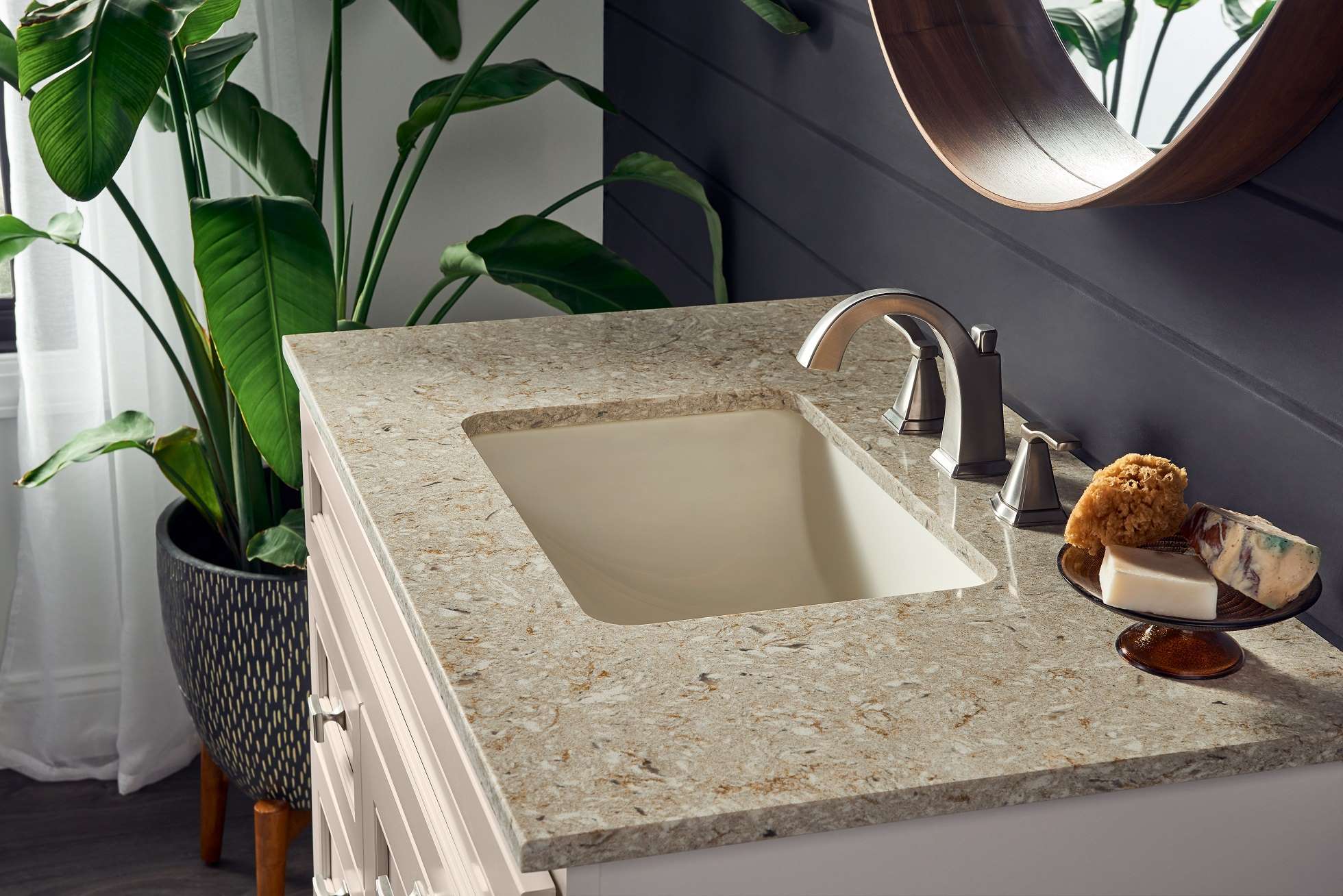
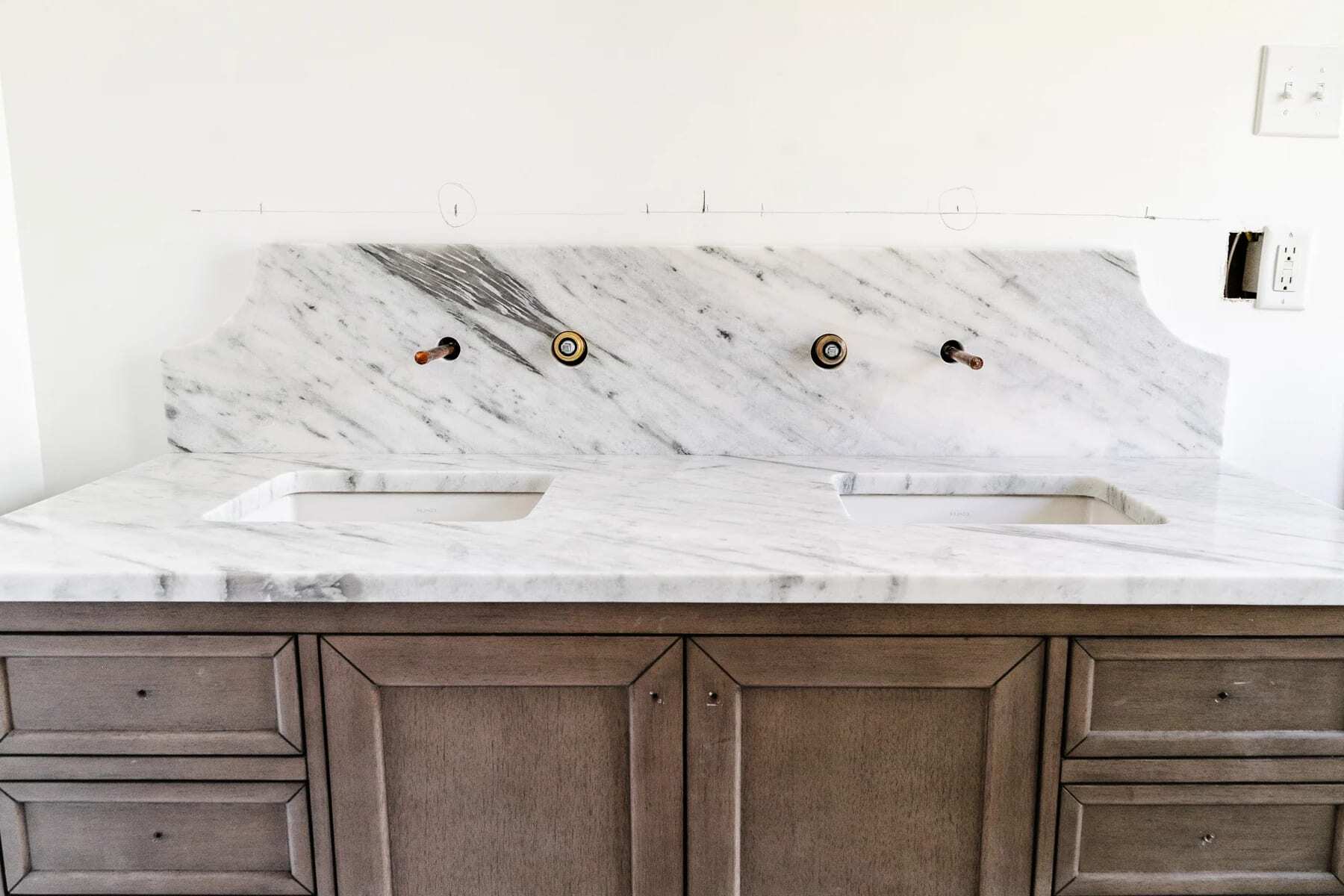
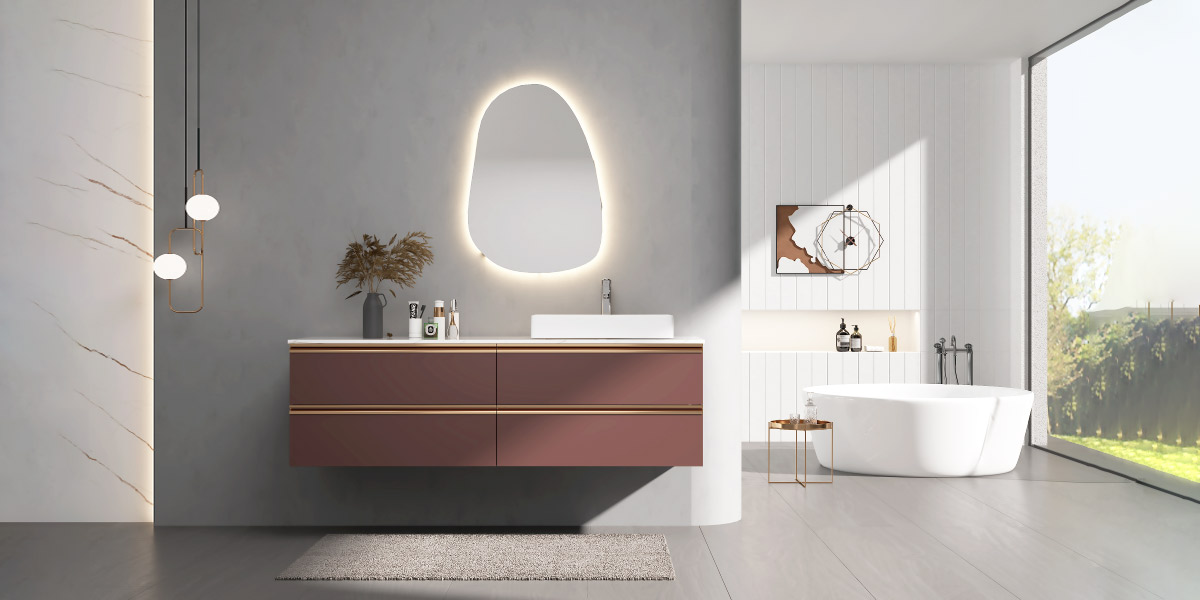
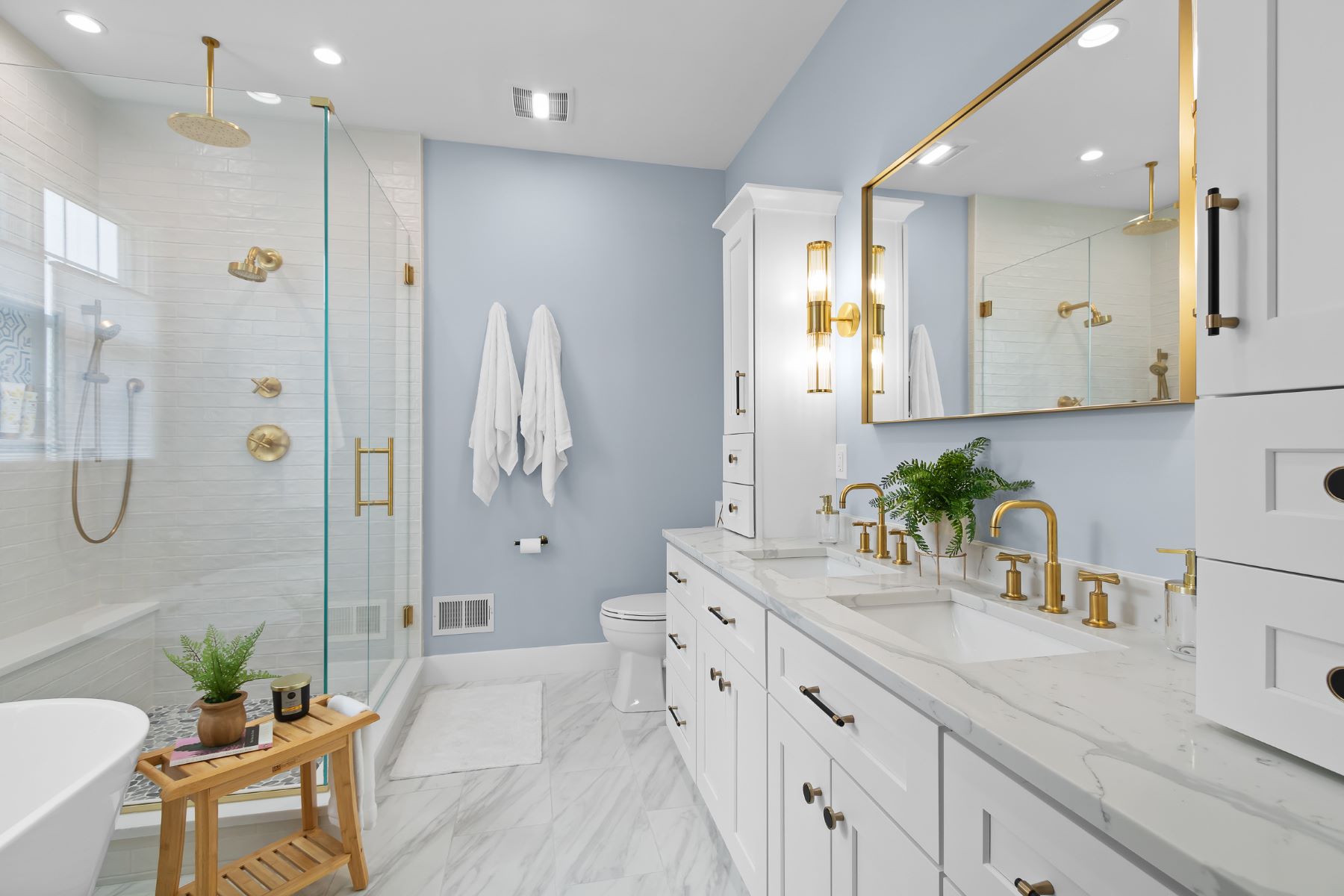
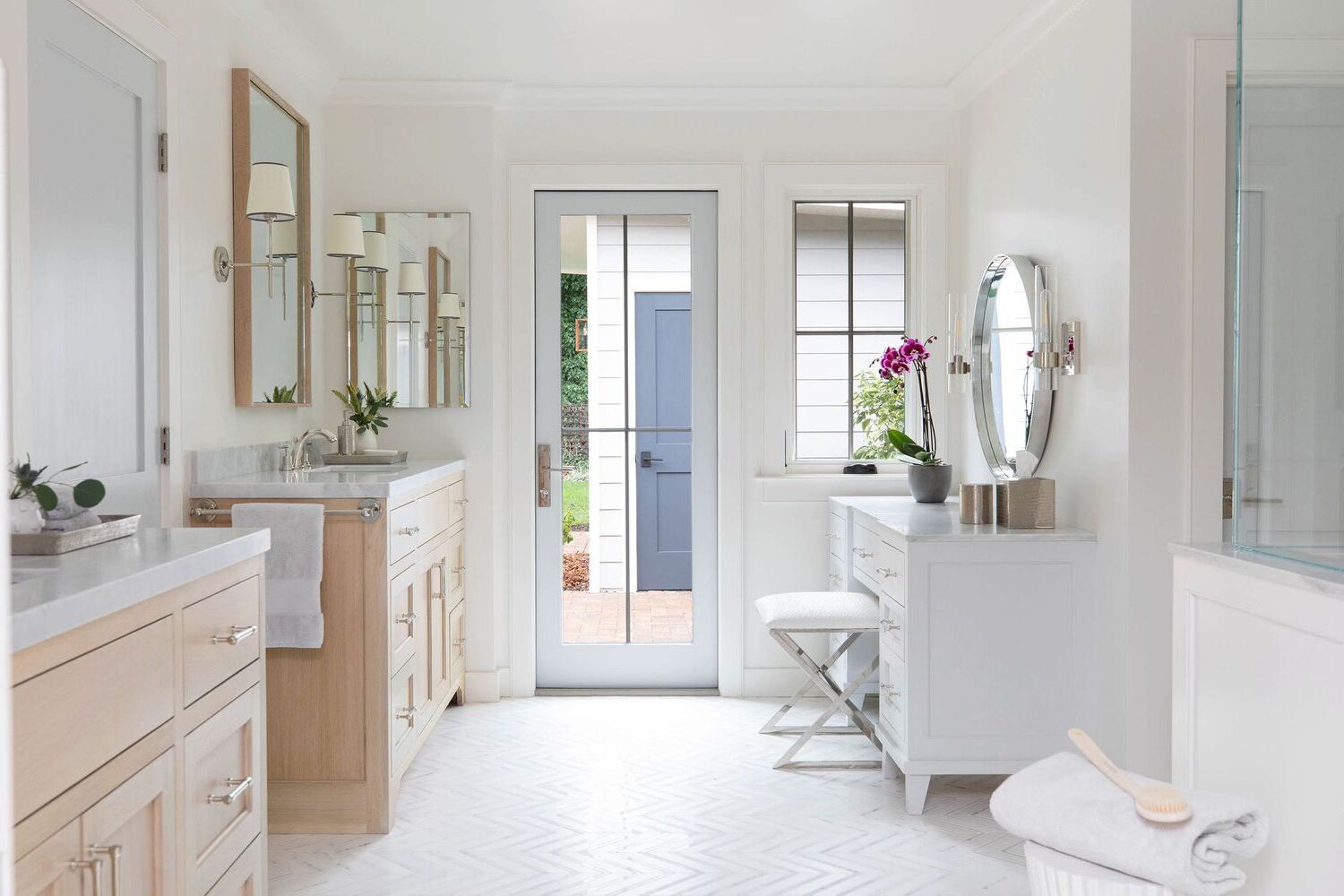
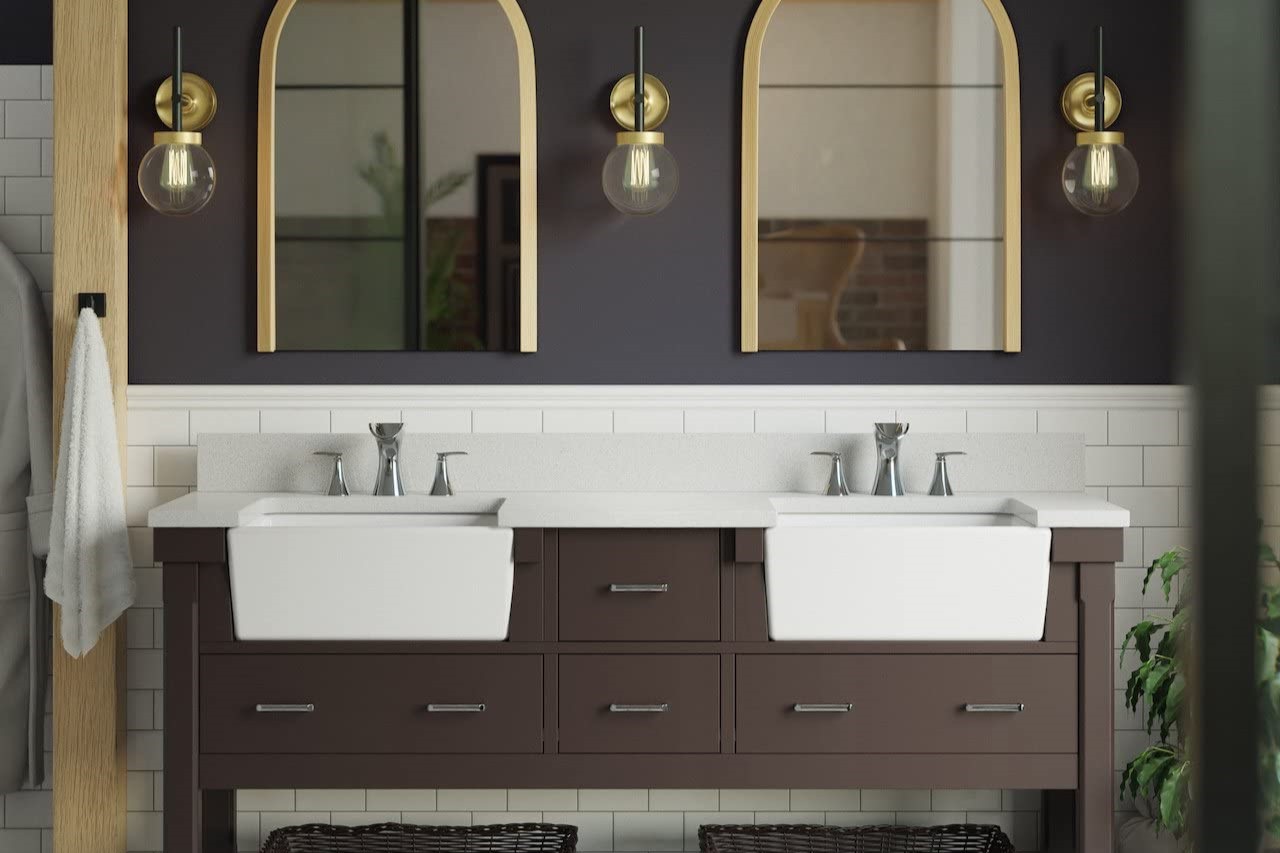
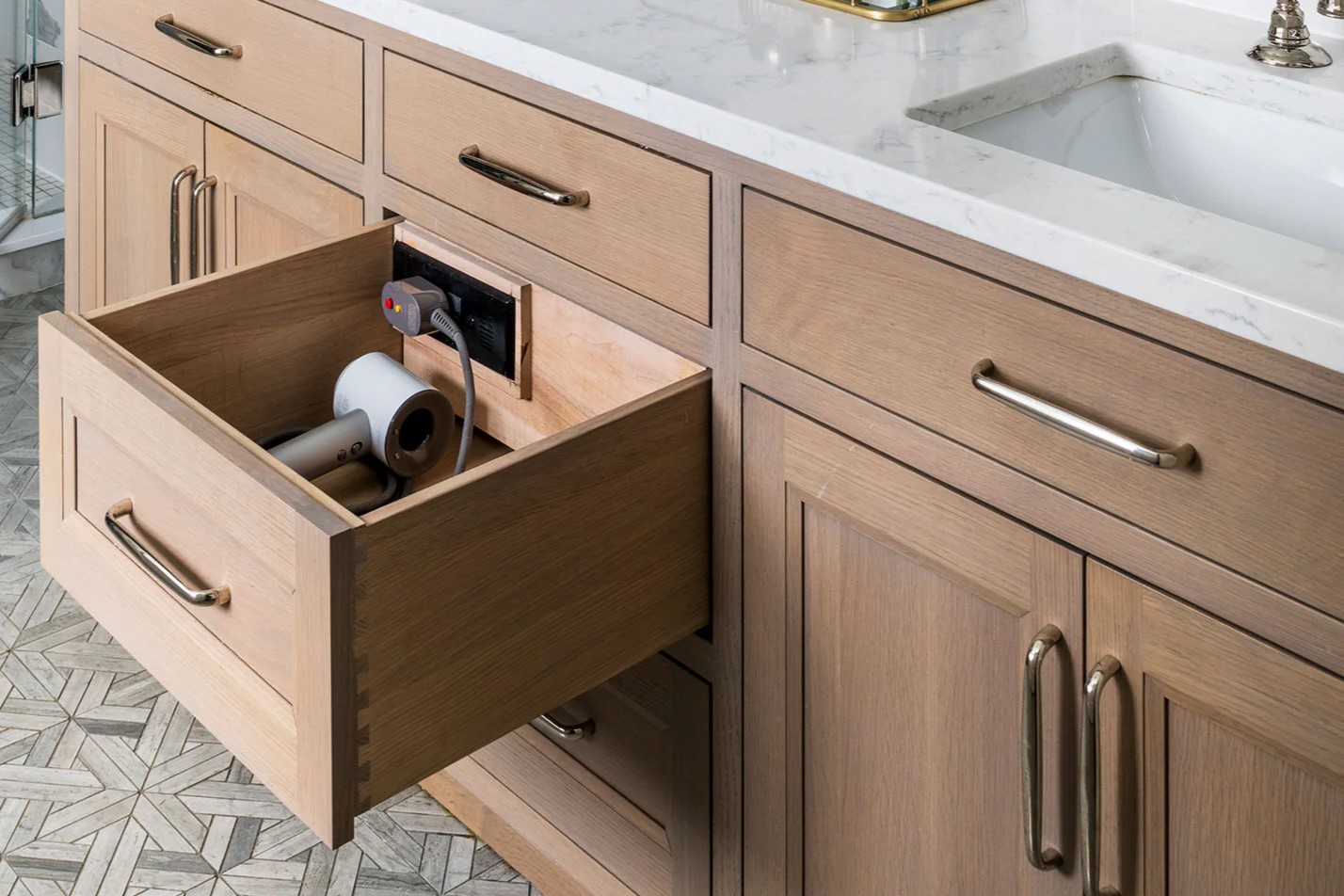
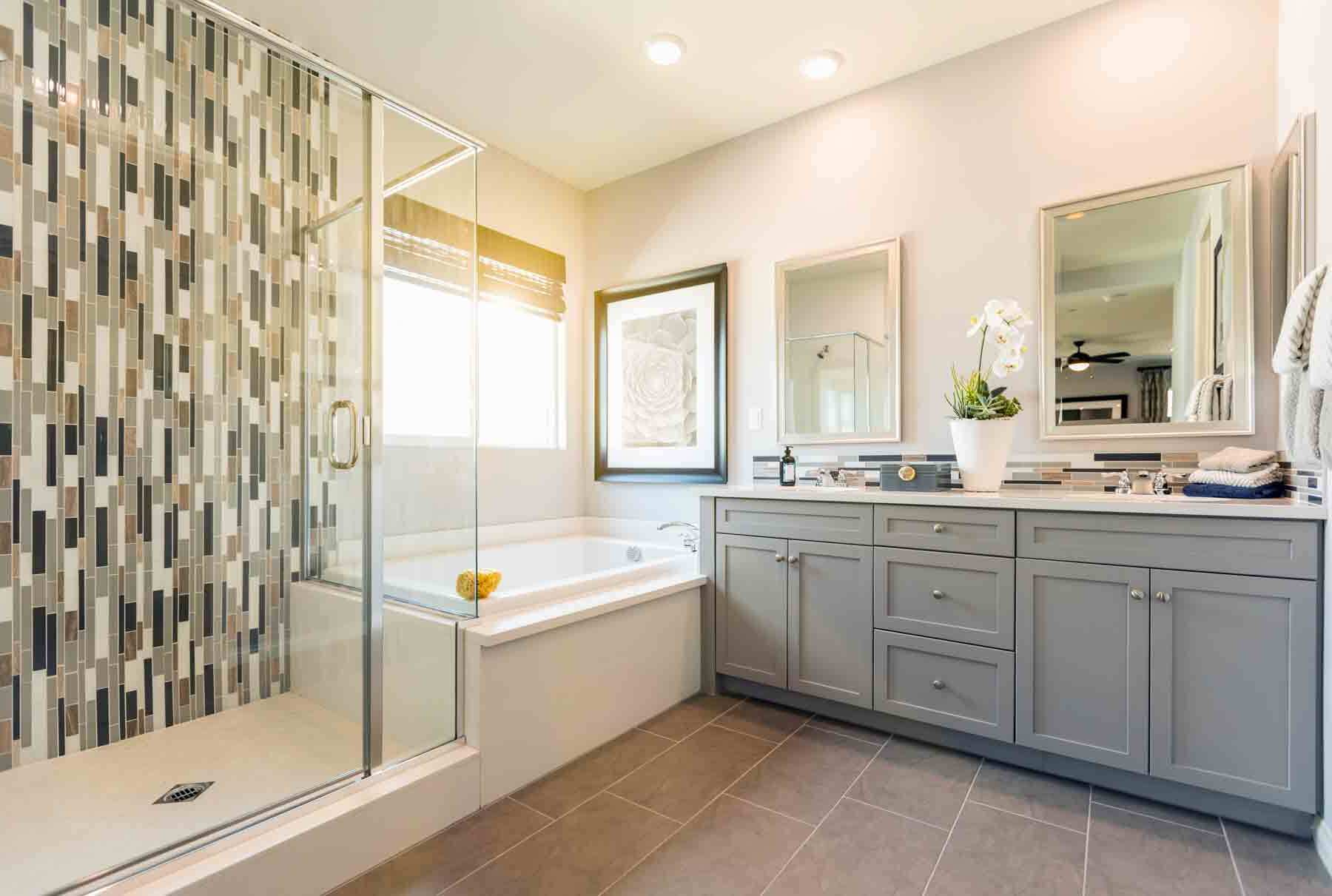
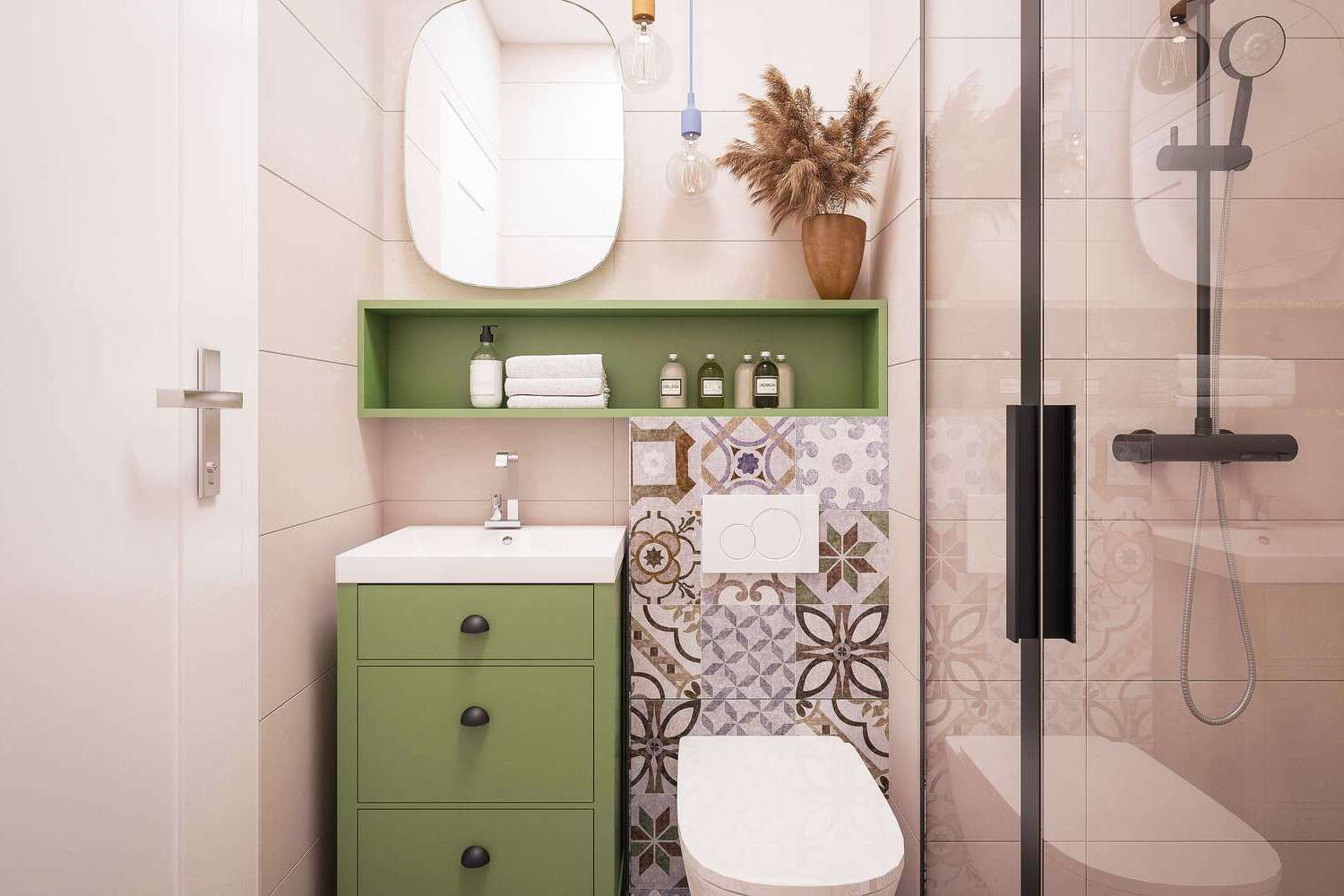
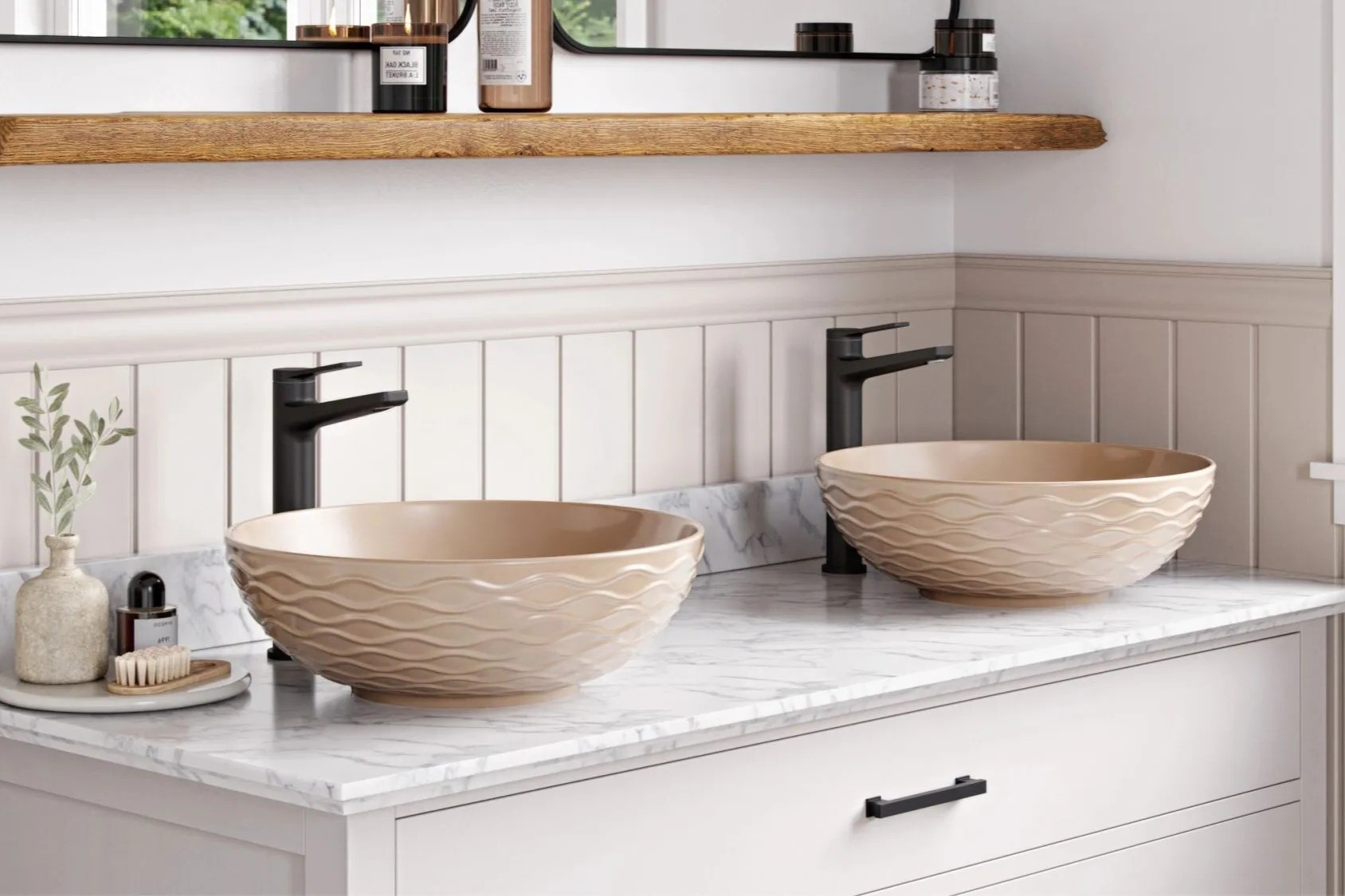
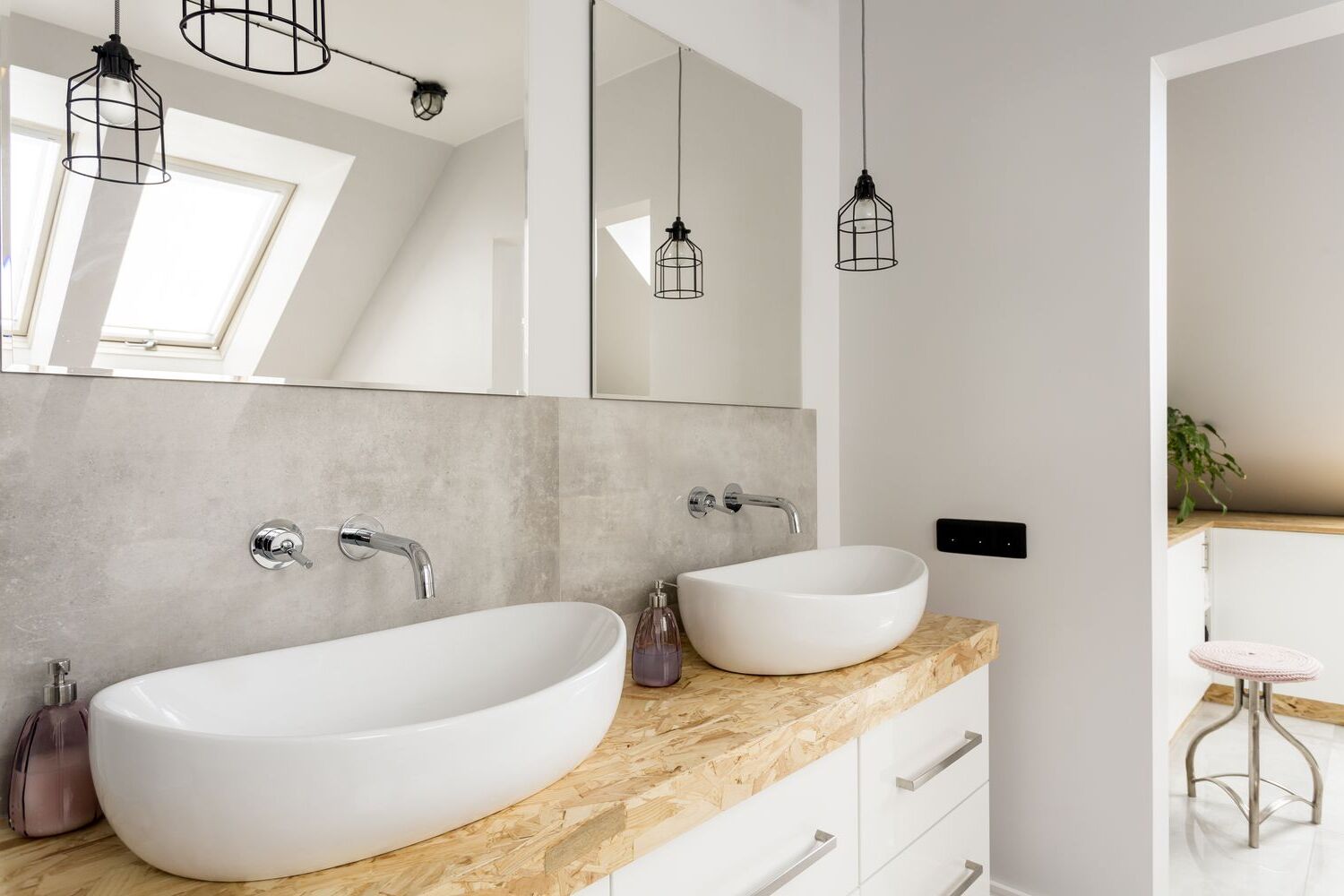
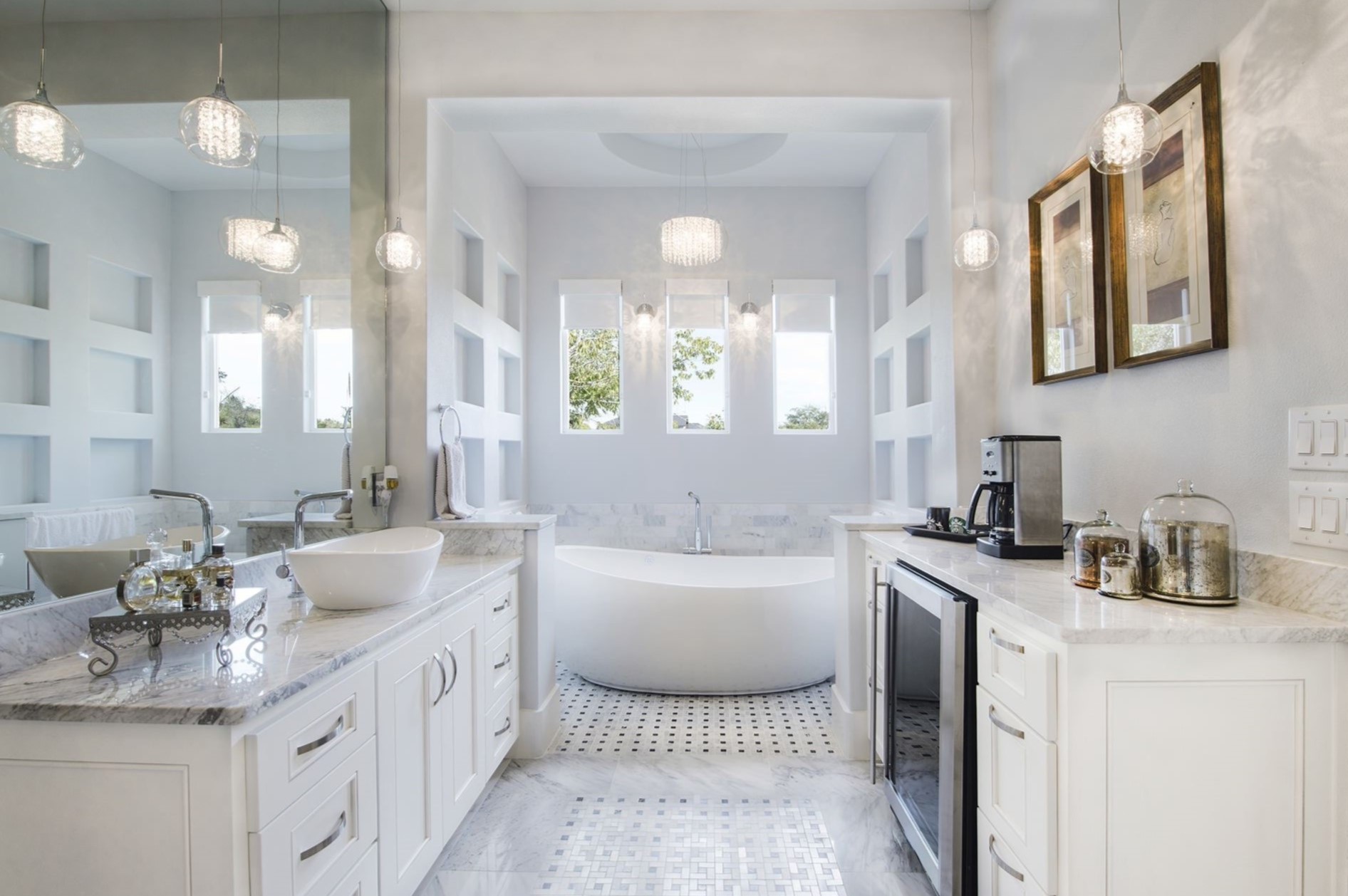
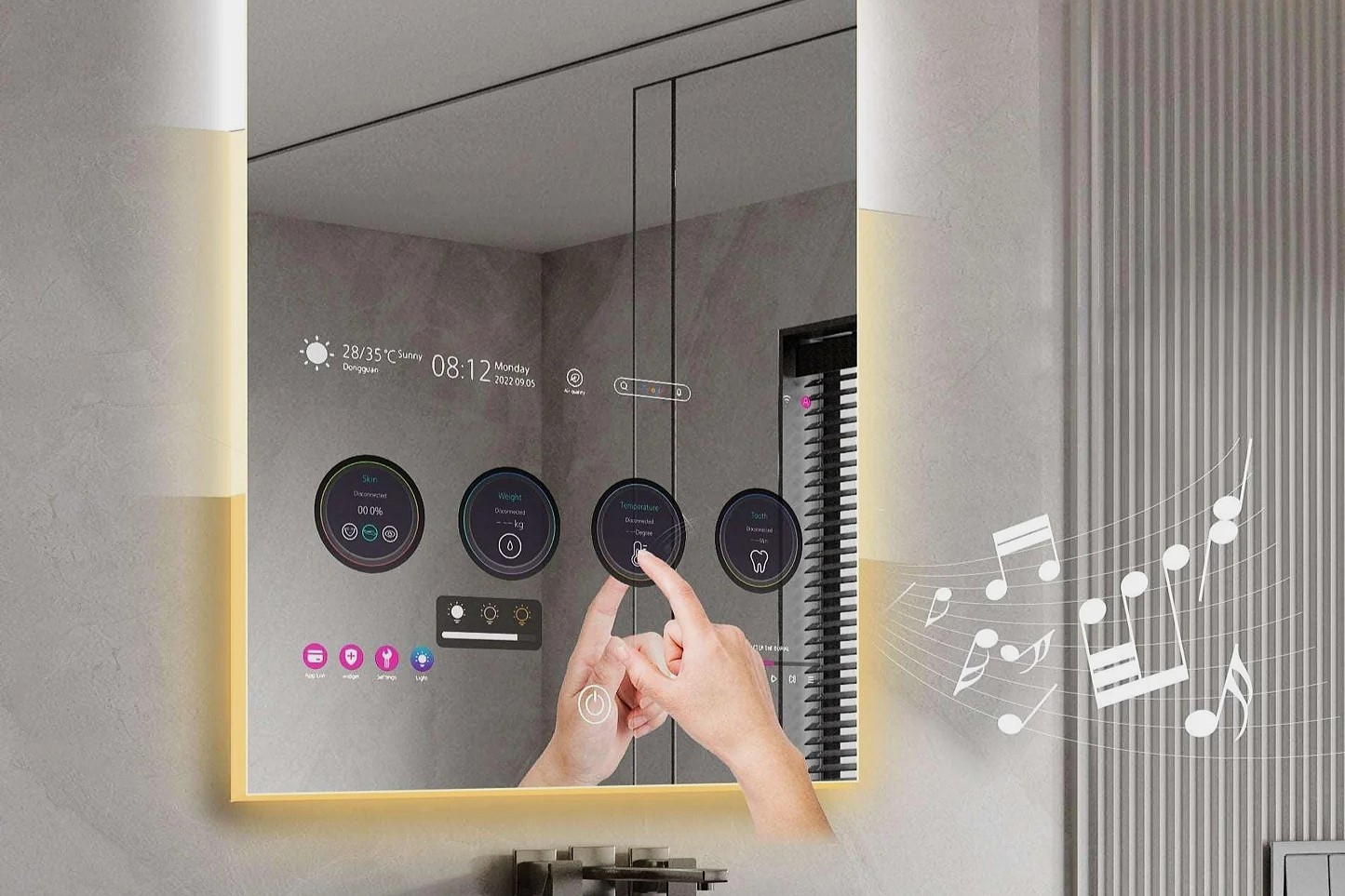
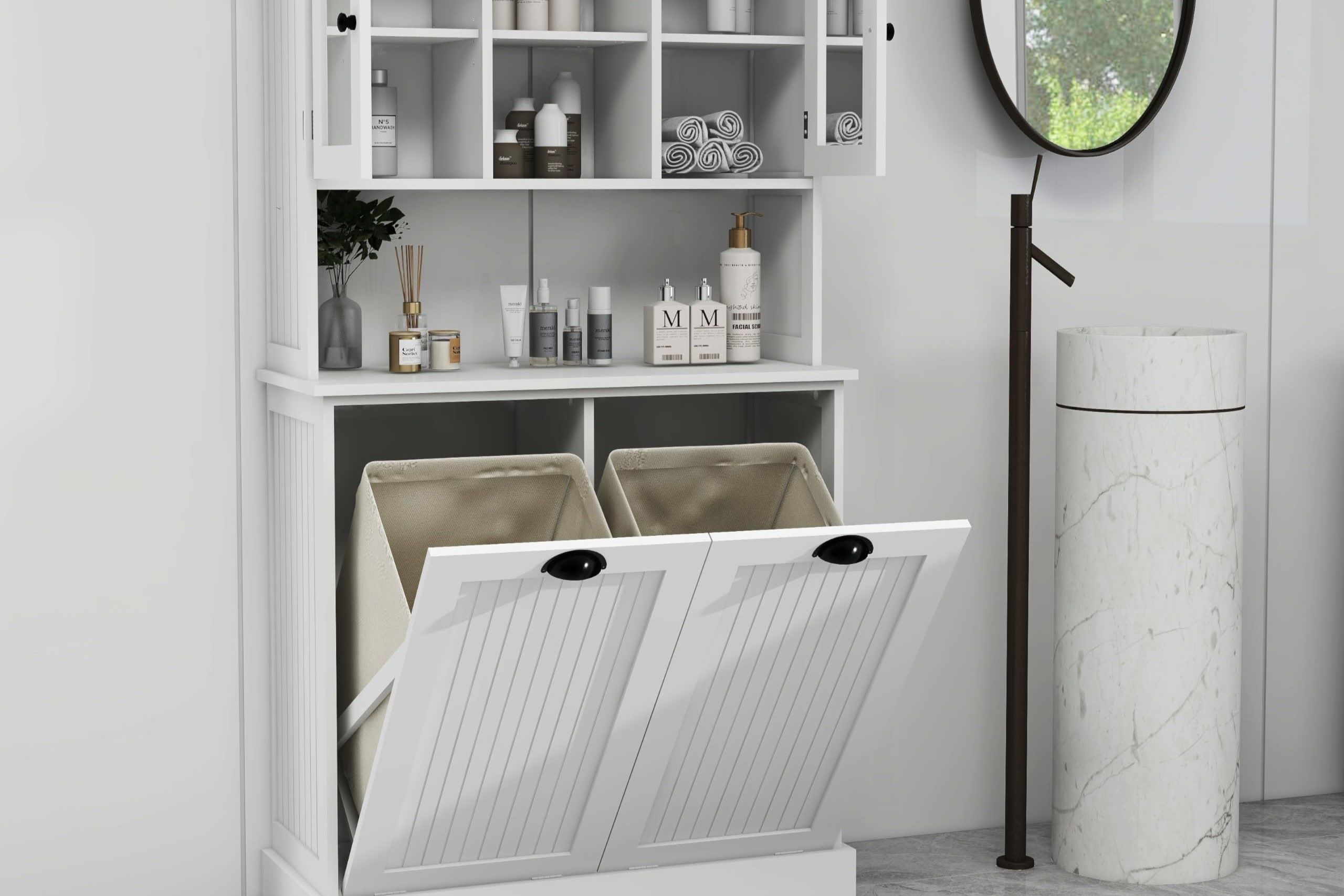
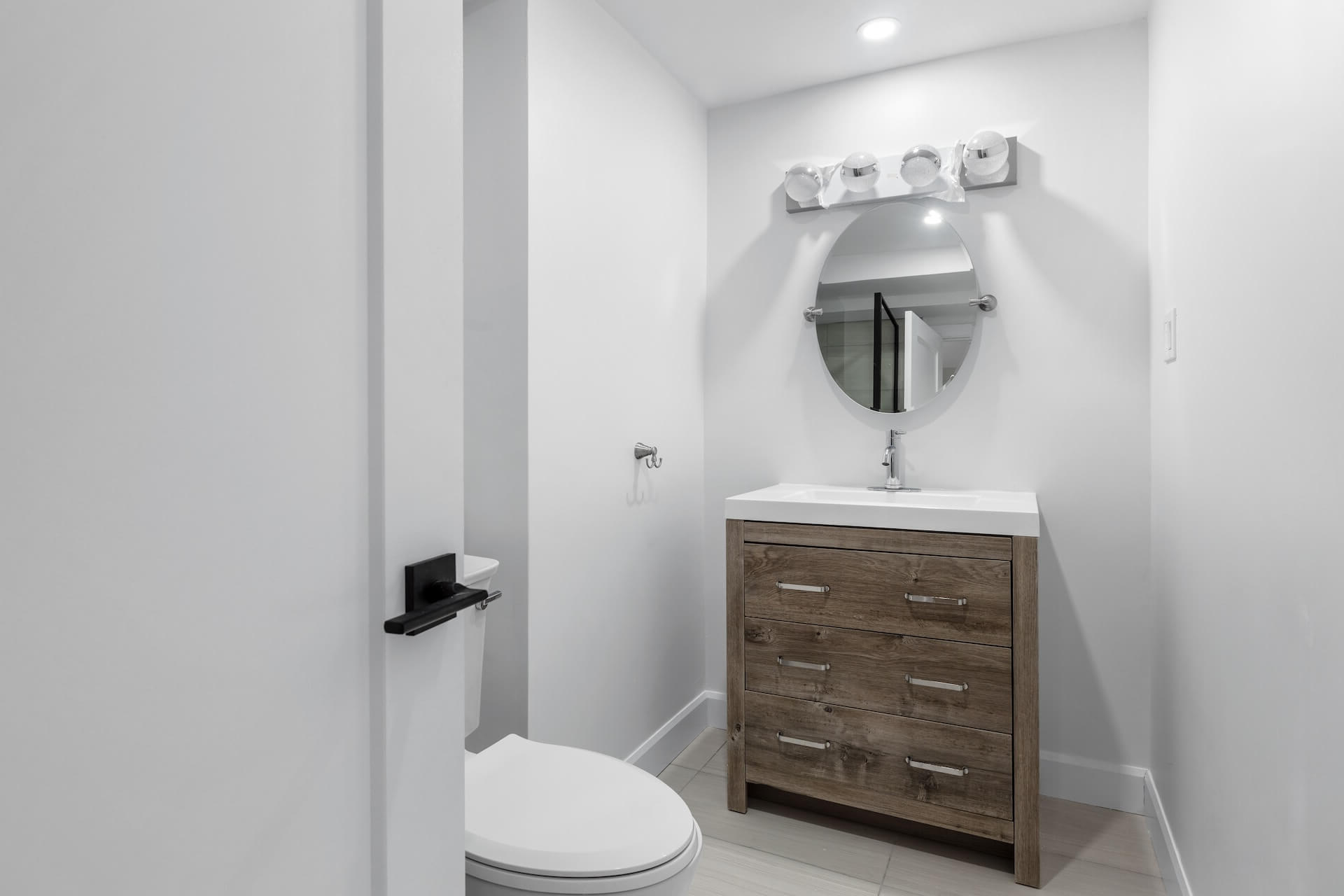

0 thoughts on “How to Choose and Install the Right Bathroom Vanity with a Bamboo Top”